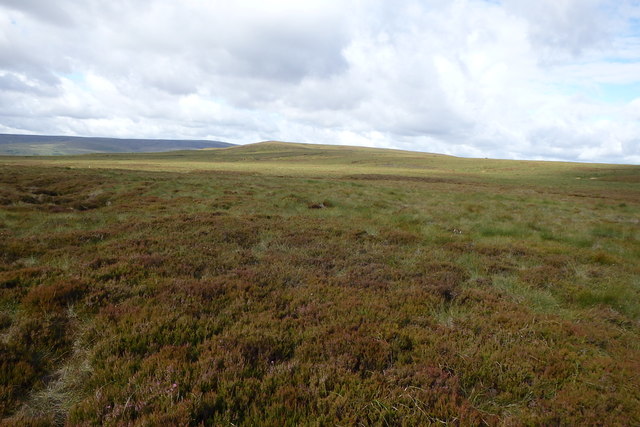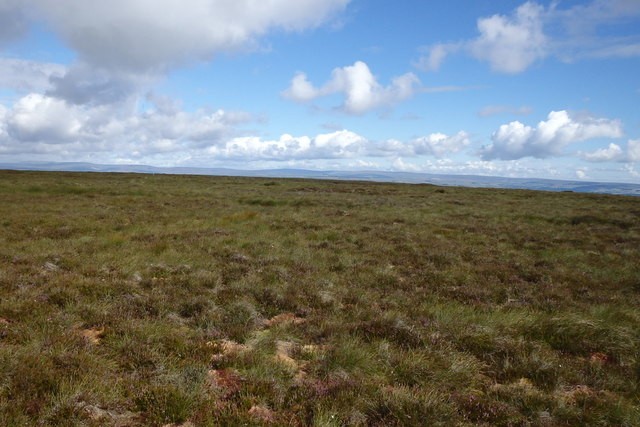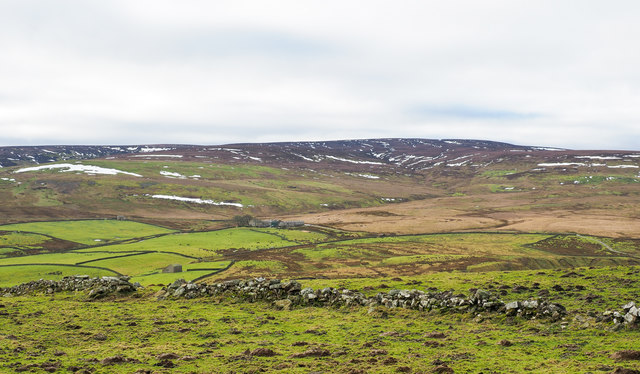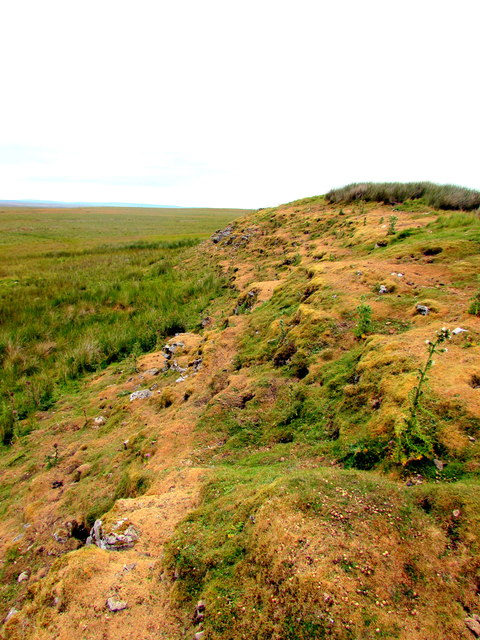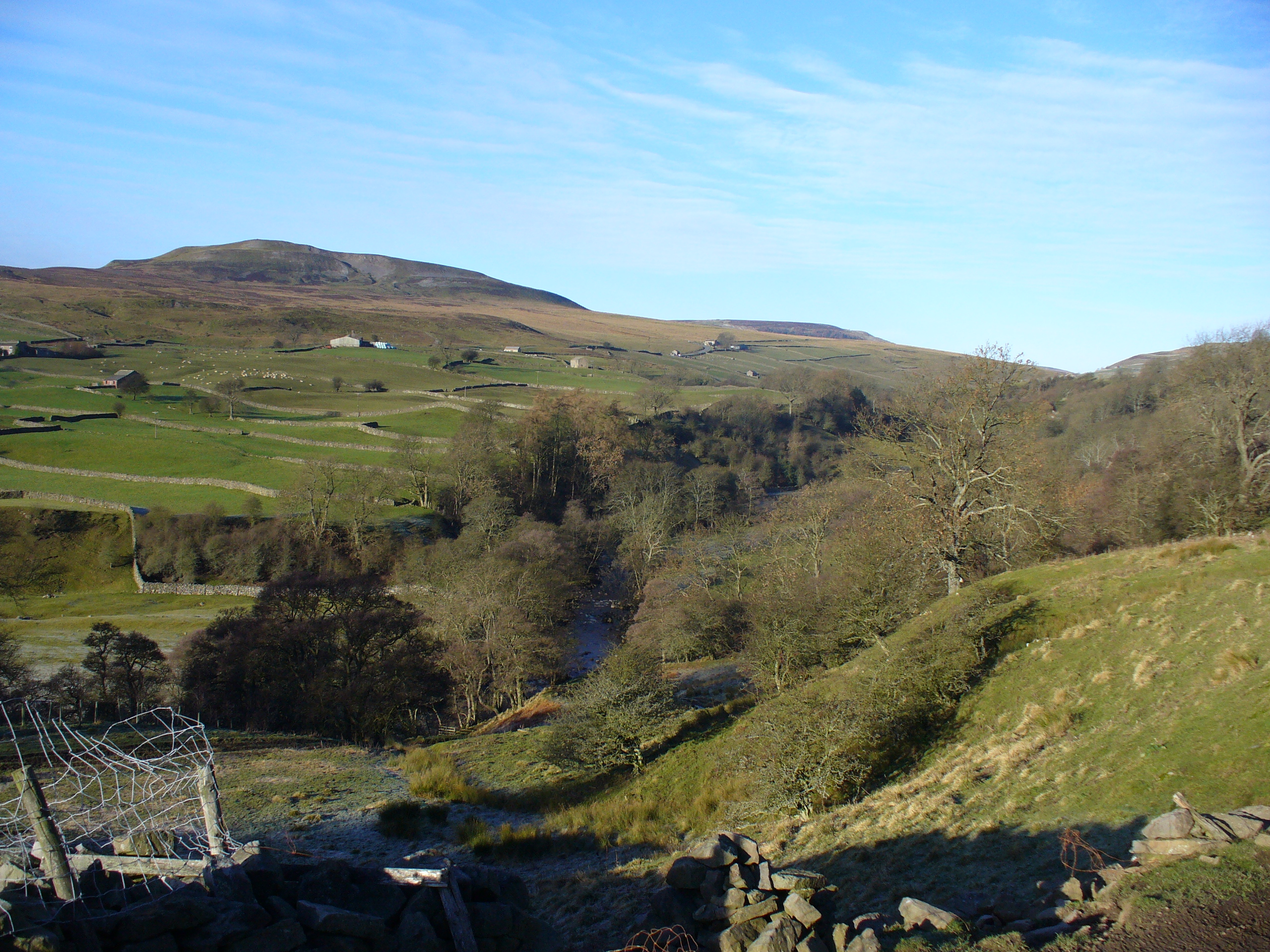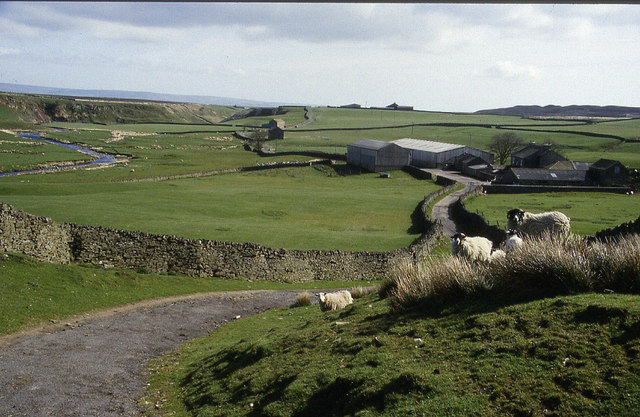Cleasby Hill
Hill, Mountain in Yorkshire Richmondshire
England
Cleasby Hill

Cleasby Hill is a prominent hill located in the county of Yorkshire, England. Situated near the village of Cleasby, it forms part of the magnificent landscape of the Yorkshire Dales National Park. Rising to an elevation of approximately 355 meters (1,165 feet), Cleasby Hill offers breathtaking panoramic views of the surrounding countryside.
The hill is characterized by its gently sloping sides and rolling terrain, which are covered in lush green grasses and scattered with clusters of trees. This creates a picturesque setting that is ideal for outdoor enthusiasts. Cleasby Hill is a popular destination for hikers, walkers, and nature lovers, who are drawn to its tranquil atmosphere and stunning vistas.
The hill is home to a diverse range of flora and fauna, with wildflowers and heather adorning its slopes during the summer months. Many species of birds can be spotted here, including buzzards, kestrels, and skylarks. The peaceful surroundings also attract various small mammals, such as rabbits and hares.
Aside from its natural beauty, Cleasby Hill also holds historical significance. The area is dotted with ancient ruins and archaeological sites, providing a glimpse into the region's past. It is believed that the hill was once inhabited by early settlers, and remnants of their dwellings can still be found.
Overall, Cleasby Hill offers a captivating blend of natural beauty, historical intrigue, and recreational opportunities. Whether one seeks a peaceful hike, a scenic picnic spot, or an escape into the rich heritage of Yorkshire, this hill is a must-visit destination.
If you have any feedback on the listing, please let us know in the comments section below.
Cleasby Hill Images
Images are sourced within 2km of 54.46547/-2.0335376 or Grid Reference NY9707. Thanks to Geograph Open Source API. All images are credited.


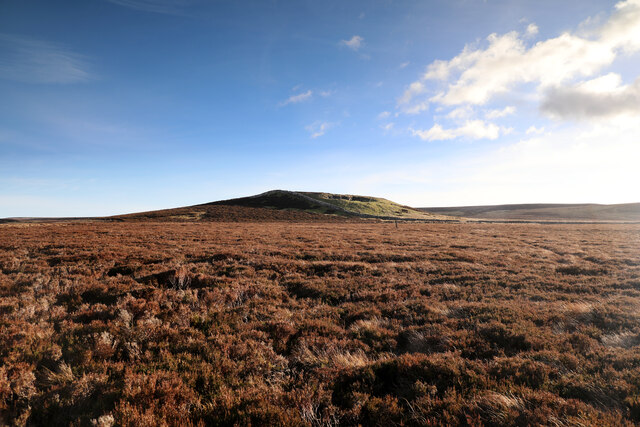




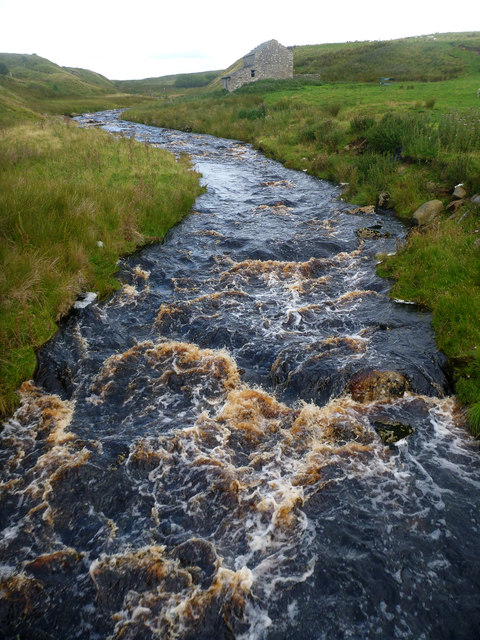
Cleasby Hill is located at Grid Ref: NY9707 (Lat: 54.46547, Lng: -2.0335376)
Division: North Riding
Administrative County: North Yorkshire
District: Richmondshire
Police Authority: North Yorkshire
What 3 Words
///lost.chose.valued. Near Bowes, Co. Durham
Nearby Locations
Related Wikis
Arkengarthdale
Arkengarthdale is a dale, or valley, on the east side of the Pennines in North Yorkshire, England. Running roughly north-west to south-east, it is the...
Hoove
Hoove is a hill in the northern Yorkshire Dales in North Yorkshire, England, near the town of Barnard Castle in County Durham. Its elevation is 554 metres...
Whaw
Whaw is a hamlet in Arkengarthdale in North Yorkshire, England. It is one of few settlements in the dale and is one of the smallest. Its name derives from...
Sleightholme
Sleightholme is a secluded hamlet on a dead end road in County Durham, England. It lies beside Sleightholme Beck, a tributary of the River Greta. The...
Arkle Beck Meadows, Whaw
Arkle Beck Meadows, Whaw (grid reference NY984041) is a 8.4 hectares (21 acres) biological Site of Special Scientific Interest (SSSI) at Whaw in Arkengarthdale...
Eskeleth
Eskeleth is a hamlet in Arkengarthdale in North Yorkshire, England. It is in the Yorkshire Dales National Park. Eskeleth sits 4 miles (6.4 km) from the...
Sleightholme Beck Gorge – The Troughs
Sleightholme Beck Gorge – The Troughs is a Site of Special Scientific Interest in the County Durham district of south-west County Durham, England. The...
Walney to Wear and Whitby Cycle Route
The Walney to Wear and Whitby Cycle Route (or W2W) is the name of a cross-country cycle route in Northern England. It runs from Walney Island in Cumbria...
Nearby Amenities
Located within 500m of 54.46547,-2.0335376Have you been to Cleasby Hill?
Leave your review of Cleasby Hill below (or comments, questions and feedback).



